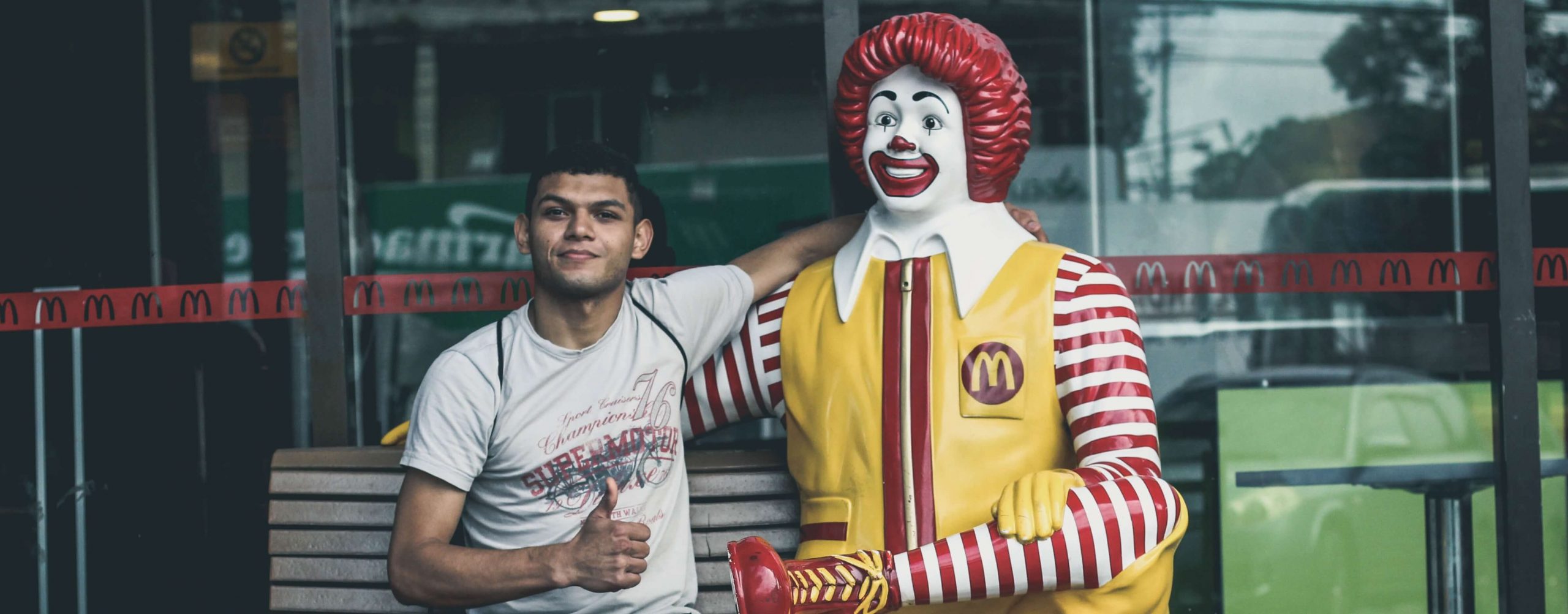If you want to stand out from the crowd, but your branding lacks strategy, go and sit on the naughty step. We joke. However, if you’re all over the place and confused about your brand personality, can you really expect others to know who you are? Recognition comes from strong planning, building trust and understanding the direction you’re heading in. As a leading content marketing agency, we’re all about helping brands get noticed. So Building Brand Recognition – 10 Tips, let’s do this.
Branding statistics 2020
But first, the marketing stats. You know we love a good analytical breakdown before we share wisdom. So, here are the branding stats you need to know throughout 2020 and beyond.
- 75% of Gen Z are loyal to their favourite brands with 60% recommending their preferred brands to other people
- It takes 5 to 7 impressions for people to remember a brand, so it’s really important to be consistent. Indeed, consistency can boost brand revenue by 33%
- 90% of customers expect you to be equally active on all channels, reinforcing the importance of consistency and having an active online presence
- 78% of consumers trust brands who create customised content. Finding your own tailored content marketing style is a great way to boost brand recognition
- 82% of investors want the companies they invest in to have a strong brand
- It takes about 0.05 seconds for people to form an opinion about your website. So, you’ve got to get it right to lower bounce rates and improve acquisition.
Being recognised by your branding alone is rewarding. It’s also highly challenging. So, what are the big brands doing? Let’s zoom in on a particular example.
Check Out Coca-Cola Nailing Brand Identity
When you hear the name Coca-Cola, there’s a good chance you instantly think of its logo. This has a whole lot going for it. Firstly, it’s simple. Secondly, it uses colours that evoke emotion with red helping to elicit emotion (more on this later). And thirdly the Spencerian script typeface is playful and all about enjoyment. The message? Reach for Coca-Cola when you’re relaxed, happy and winding down for the day. Genius.
The white and red colour scheme is also used consistently across their social media channels to ensure all followers never forget the Coca-Cola marketing. Affiliates, franchises and partners are provided with a complete brand pack including very strong guidelines governing that logo. And rightly so.

What’s also cool is that Coca-Cola prints their logo on uniquely shaped bottles to maintain recognisable branding.
Fun Fact: To protect from copycats and ensure their brand remained forever recognisable, Coca-Cola challenged the bottling community to develop a “bottle so distinct that you would recognise it by feel in the dark.” In Terre Haute, Indiana, the Root Glass Co. sought inspiration for this brief from a simply cocoa bean with an elongated shape and distinct ribs. The company won a patent registration in 1915 and by the next year has signed a contract with Coca-Cola to make the now iconic glass bottles.
10 Tips for Building Brand Recognition
So, we’ve checked out one brand nailing brand recognition. But what can you do to make your brand recognisable worldwide? It’s going to take some effort but we’re ready if you are. Here are our top 10 tips for building brand recognition.
#1 Think about colour psychology
Don’t worry, you don’t need a degree in colour psychology. But you do need to understand how colours can impact your marketing strategy. Believe it or not, 62-90% of a brand/product assessment is based on colours alone. Colours also increase brand recognition by 80%, so it’s really important to think carefully about your colour palette.
The colour wheel below shows the emotional trigger of colours and helps to explain how and why many brands chose a particular colour scheme. Our creative director Charlotte recently discussed colour psychology at Agorapulse. Check out her article.
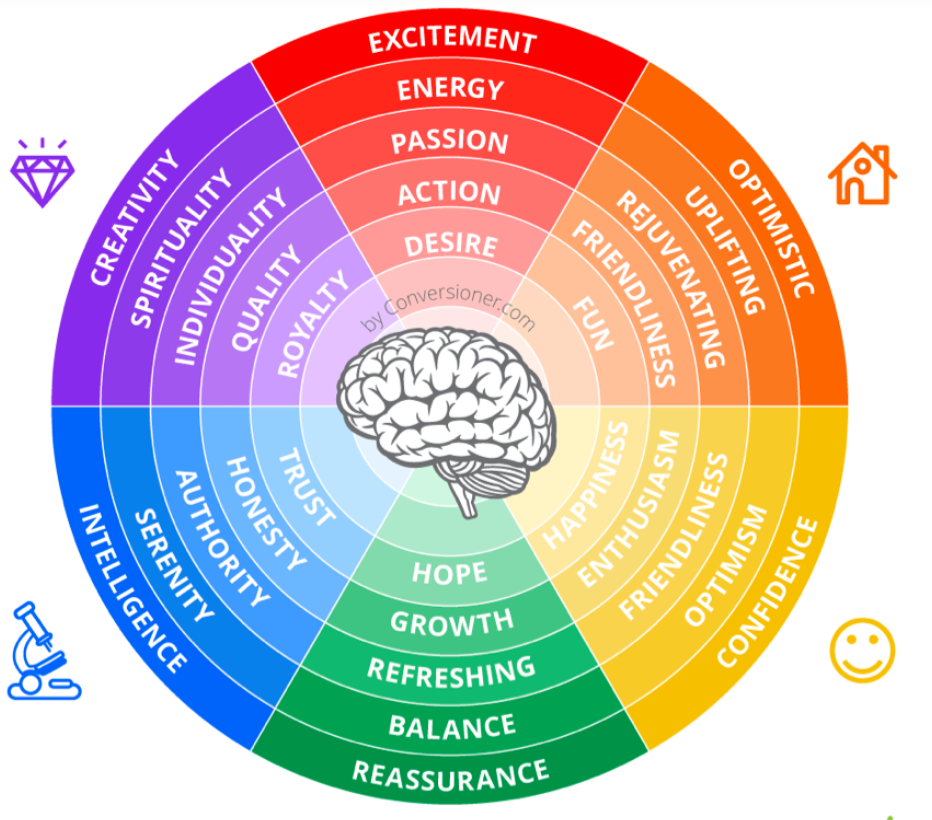
Let’s take a closer look at McDonalds, renowned for their logo which features golden arches on a red background. While the colour red is stimulating, exciting and helps to get the heart pumping, the colour yellow is associated with happiness. It’s also the most visible colour in daylight which is why the McDonalds logo is easy to spot on a crowded road. The brain processes colour before sound and shapes so think carefully about the brand messages you want to communicate and the response you’re hoping for.
McDonalds has been building brand recognition for years. It rewarded children with happiness such as a playground or happy meal. As such, those children grew into adults who associated McDonalds with being in a happy place. Smart right?
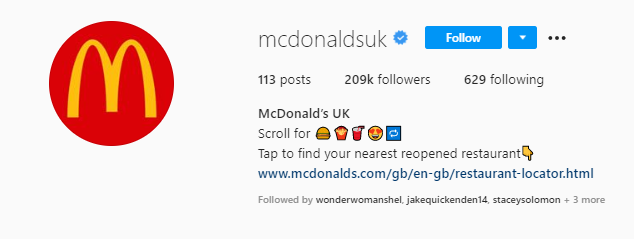
McDonalds branding is so strong and confident they can pull off stunts like this one. The ad below contain no images, no logo, no branding. Instead, it simply showcases a list of the key ingredients that make McDonald’s core products: the Filet-O-Fish, Egg McMuffin and Big Mac. Of course, colour still plays a significant role in the design.

How to use color psychology
- Think about background colors when you take photographs for social media.
- Ads in color are read over 40% more than those in black and white.
- Choose your CTA button colors. Black, white, and brown are the worst colors; orange, red, and green work best.
#2 Don’t follow the crowd
If you want to be instantly recognised as an independent brand, don’t piggyback off someone else. Or break copyright and trademark laws for that matter. Many brands have actually trademarked their own colours to ensure other companies can’t copy their brand recognition strategies. There’s Tiffany Blue and T-Mobile Magenta as well as Barbie Pink which is trademarked for use in over 100 categories. And who can forget Cadbury Purple or the UPS signature shade of brown?
Top tip for marketers: Research your competition and see what they’re doing. Then, go for something completely different to help set yourself apart. Of course, there are several things to consider. Blue, for instance, is associated with trust and is often used by medical facilities. If you want to use blue alongside the competition, think carefully about your font, imagery and other aspects that’ll ensure you’re unique.
#3 Develop a recognisable logo
A recent survey commissioned by Promotique by Vistaprint of 2,000 Americans revealed just how important recognisability is.
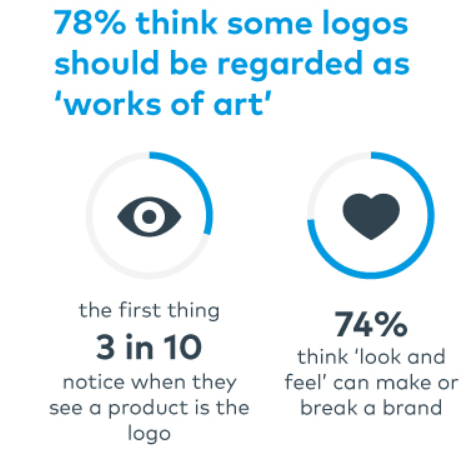
Furthermore, 50% of those surveyed said they are more likely to use a company with a logo they recognised and 3/5 would not use a company if their brand image looked terrible. Even if they’d heard good thing about the product itself.
According to the survey, the ‘apple’ icon is the most recognisable logo in the US, followed by the golden arches of McDonalds and the familiar typography of Coca-Cola. Nike, Starbucks and Google also made the top 10, with Facebook, Adidas, Amazon and YouTube rounding the list
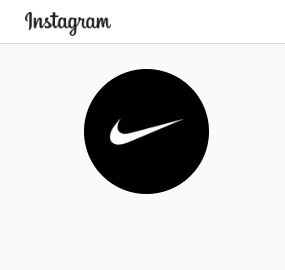
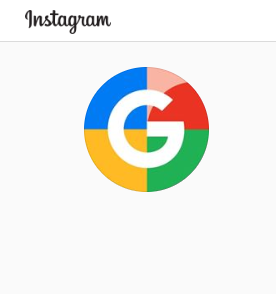
Top tip for marketers: Keep it simple. Many of the logos on the top 10 list are incredibly straightforward. Nike’s Swoosh, for instance, is a simple tick shape with Google maintaining its simple colour scheme. Additionally, take the time to adapt your logo for different platforms and channels. The circular Instagram profile size is different from the square Linkedin profile size. Poorly sized, pixellated images don’t reflect well. Ensure your brand is well represented in every space.
#4 Find your voice
Building a recognisable brand goes far beyond the colour scheme and logo (as important as these elements are). It’s also about finding your tone of voice and brand personality. Are you humorous or serious? Corporate or playful? Knowing who you are and what you represent will help you create a brand that consumers can relate to.
Take toilet paper brand Charmin and American food chain Wendy’s. Both are brands that use humour in marketing. And it works. Why? Because that’s what we’ve come to expect from these brands. It’s the image they’ve put out there and is now part of their branding.
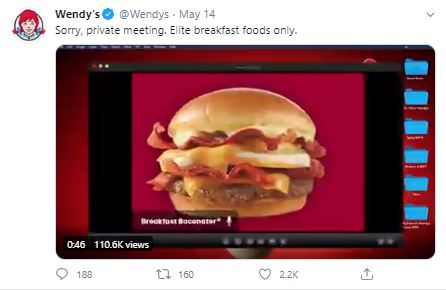
2019’s Christmas Day post from Charmin, for instance, was consistent with the rest of their marketing activity and therefore not a surprise.

Stats show it can take up to 7 impressions for a consumer to even remember who you are, let alone buy from you. So, consistency is extremely important. This means thinking through your strategy before you launch a new product or rebrand. Shareholders, stop changing your logo, slogan or company mascot every 5 seconds. You know who you are!
Once you’ve found your brand voice, you need to make sure it’s consistent throughout your marketing. And that means having a documented content strategy. What words do you use? Do you use emojis? How about abbreviations? Do you speak in 1st or 3rd person? Are you UK or US English? All this and more will make up your content strategy. Talk to our team now to get yours.
#5 Involve your audience
If you’re planning to launch or rebrand, how about getting your consumers involved? This will make them feel wanted and introduce change in a fun and engaging way. Add some sugar in the pot with a prize or giveaway and you will induce plenty of sharing which is great for brand building.
Engagement ideas include
- A slogan competition
- A new logo ‘poll’
- Colour scheme choices
- Asking questions – such as, what do you want to see in our updated range?
- Asking for ideas on your new name or product name
Of course, you will guide the decision by presenting options. You don’t want a Boaty McBoatFace scenario do you?
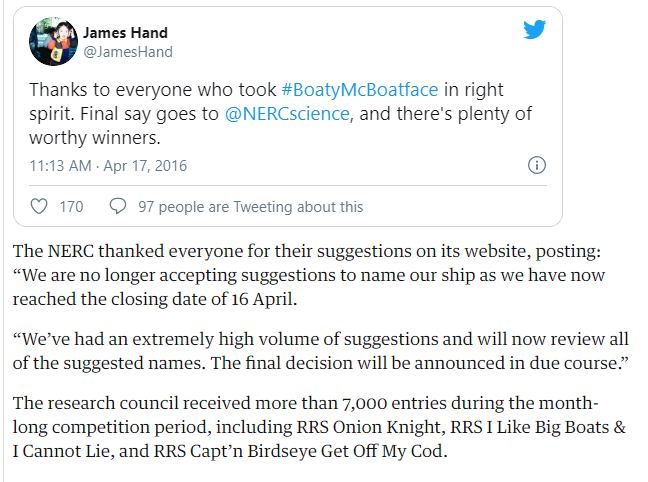
#6 Show up on social media
Consistency is key when it comes to your social media strategy. If you’re hoping to build brand recognition, it’s a good idea to have a strong presence across channels and regularly engage with your followers. Brands like Sephora, for instance, have used the Instagram Stories tab to create a go-to hub for people looking for tutorials. The consistency of such tutorials on this social media platform helps generate hits for new content and keeps Sephora in the spotlight.

Social media brand building tips include
- Using the same unique hashtags for your brand – like #Imlovingit #tastethedifference or #tastethefeeling
- Brand all your videos and social media posts. Not necessarily with your logo but with something identifiable to your brand like a colour or punctuation mark.
- Using the same tone of voice and style in your posts
- Post a lot. One tweet per week just isn’t going to cut the mustard. You need to be highly visible over time to build strong brand awareness.
#7 Create a sense of belonging
For your brand to become popular, it’s a good idea to create a sense of belonging. DeVries Global chief strategy and creative office Loretta Markevics states how Gen Z wants a reason to ‘belong to their brand’s tribe.’ Consumers want to feel needed and appreciated. So how about encouraging user generated content, sharing it across your channels and regularly engaging with consumer. Oreo does this well on Twitter.

The Oreo brand is also very quick to share follower posts to show that they appreciate the interaction. Such recognition can encourage others to mention Oreo in the hope of a re-tweet.

Other tips include:
- Polls that allow your audience to be involved in your decision making
- Branded merchandise giveaways that allow your fans to walk the talk (and hopefully tag you on Insta)
- Clearly identifying your fan base and producing content they will love
- Supporting causes your fans care about and can get involved with (we’re coming to that)
#8 Embrace corporate responsibility
70% of consumers want to know what the brands they support are doing to address social and environmental issues and 46% pay close attention to a brand’s social responsibility efforts. So, why not take this as an opportunity to stand up and get noticed for your contribution to society? Do this regularly and you’ll stand a better chance of being recognised as a brand that gets involved with campaigns. Focusing on local/regional campaigns is an effective way for smaller brands to make their mark in a community.

Think about causes that represent your brand. Or, causes that you would like associated with your brand! If you consider the Olympic Games which is sponsored by fast food and drinks companies, you will understand what we mean. Never align with a charity or cause if you’re not truly committed to it. Supporting women’s rights causes when your board of directors consists of middle aged white men doesn’t say you’re onboard.
#9 Create unique content
Top athletes get recognition because they’re good at what they do. They don’t get it by copying their competitors or being lazy. It’s the same with brand recognition and marketing. If you’re prepared to put in the work and produce winning content, then you’re likely to get increased brand recognition. This is particularly true if you share it to the correct platforms. For instance, thought leading articles which are unique and packed with stats often perform well on LinkedIn and will be read by interested professionals helping to boost your brand’s credibility.
#10 Be relevant
If you can be both relevant and useful then people will notice you. It’s not always about the hard sell. Instead, it’s about building rapport with your consumers and becoming a go-to for your niche.
- Start with a customer persona and tailor your content to that
- Understand user intent, why are they following you and what do they need/want?
- Create a list of keywords and apply them through content marketing
- Create compelling and meaningful content that solves a problem
- Follow trending news and tie this into your content where relevant
- Stay relevant in your terminology and vocabulary
Build a strong brand with content marketing from Contentworks. We’ll get you Socially Sorted, improve your online reputation and tailor content to suit your needs including articles, PR, email promotions, e-books, web content, video scripts and more. Talk to our team now.
